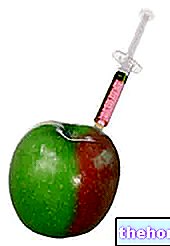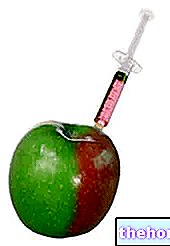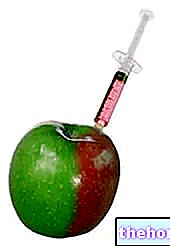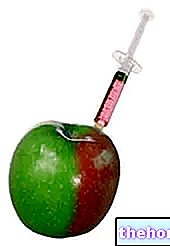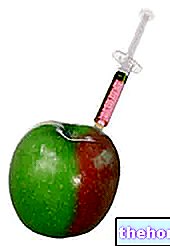The family composed of sulfur dioxide and its salts is subject to strong negative criticism from food and nutrition specialists, due to the problems related to its use in various products.
The adaptation of the Italian legislation to the European one has meant that the foods to which it is possible to add these preservatives have increased, also increasing the maximum permitted doses.
Our organism is able to cope with sulphites in doses considered harmless, because they - before elimination in the urine - pass through the liver and undergo the action of sulphite-oxidase. If the dose is exceeded, however, it is possible that some side effects may appear, such as headache. It is mandatory to report the presence of sulphites in the labels of beers and wines, to allow the consumer to know what is inside the products he consumes. However, according to European legislation, if the quantity of sulphites in the various products is less than 10 mg / l (quantity naturally produced in the fermentation process and in any case irrelevant), there is no obligation to report them on the label.
In Italy sulphites are the only antiseptic allowed in oenology, and the maximum limit that can be contained in wines intended for direct consumption is: 210 mg / l for dry white wines, 260 mg / l for white and rosé wines sweet, 400 mg / l for sweet passito wines, 160 mg / l for dry red wines and 260 mg / l for sweet red wines.
Table (FROM: FOOD ADDITIVES-MARIANI-TESTA) -
Below are the maximum quantities of sulphites that can be present in food (according to European regulations):


